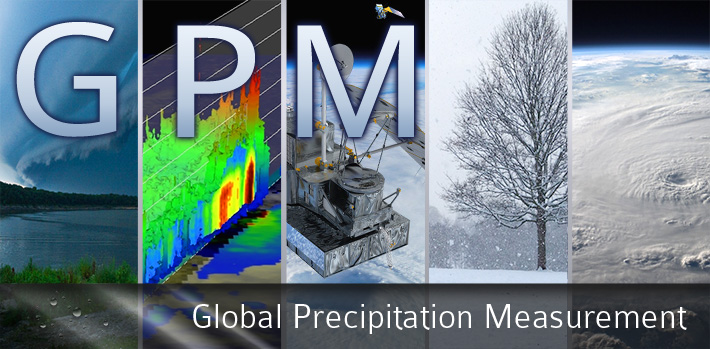|
NASA Goddard Space Flight Center (GSFC) has a long and distinguished
record as a world-class research and development center in precipitation
science. As the lead institute for the highly successful Tropical
Rainfall Measuring Mission (TRMM) and the upcoming Global Precipitation
Measurement (GPM) Mission, GSFC has played a prominent role in advancing
space-based precipitation measurement, analysis, and applications. GPM
is a constellation-based international satellite mission led by NASA and
JAXA in partnership with other domestic and international space agencies
to provide next-generation unified precipitation measurements from
space, with the ultimate goal of developing high-resolution, near
real-time global precipitation data products by combining all available
information from space and ground-based measurements.
NASA has extended GPM/PMM ground-validation (GV) activities through the development
of a WFF-based network of state-of-the-art GPM GV rain gauge, disdrometer and
multi-parameter radar measurements geared toward validating NASA precipitation
products (spaceborne and/or combined ground and spaceborne retrieval algorithms
and physics). Core components of this activity also focus on the design of new
GV instruments, test new GV measurement methods, and assess GV instrument measurement
uncertainties. The contingent of GPM GV instruments, associated staff, and regional
data collections comprise the "core" components of the WFF Precipitation Science
Research Facility.
|

|








